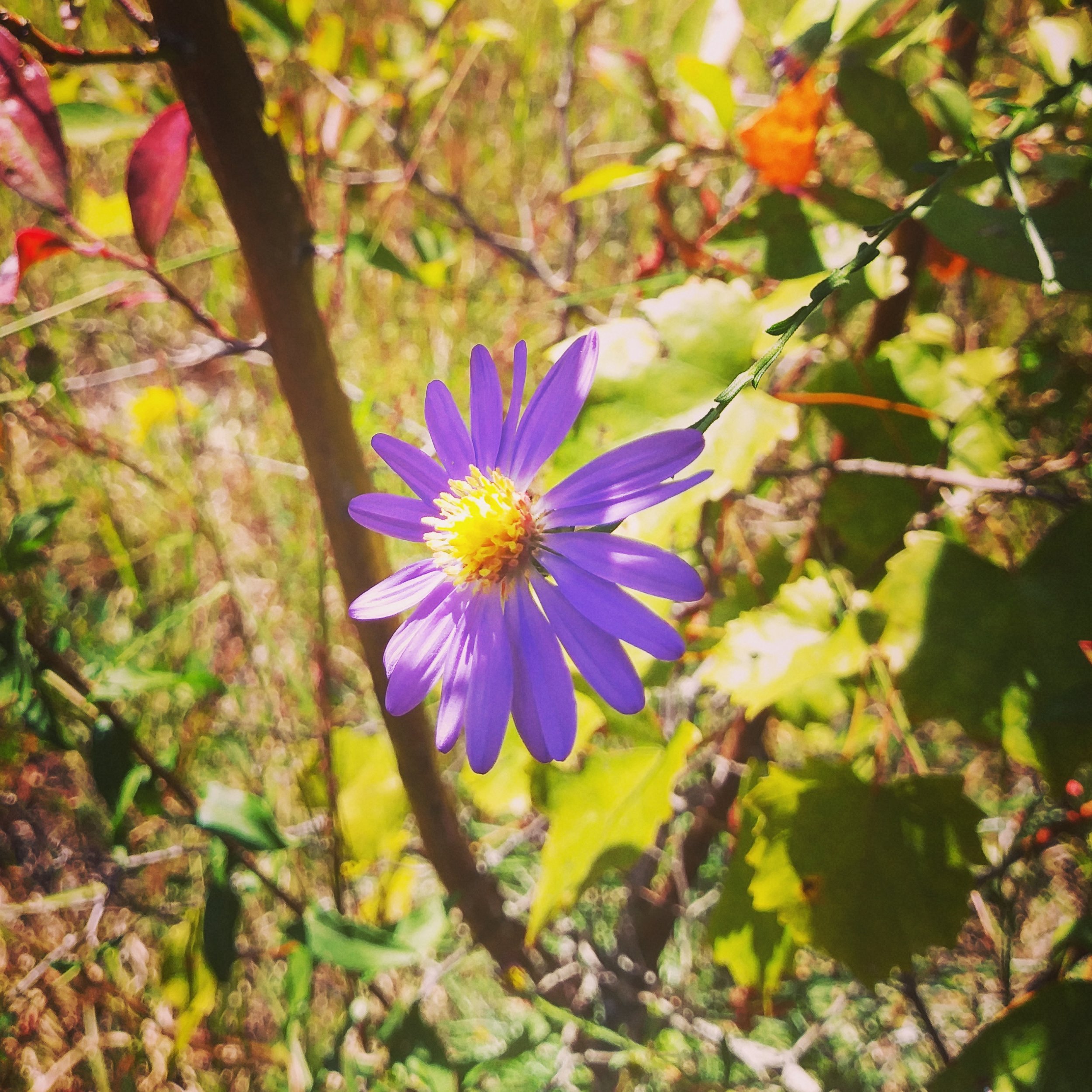Although non-native and highly invasive, Kudzu has become as much a part of the South as barbecue, pecan pie, dirt track racing, and smiling and waving at random strangers.
Read more#WildEdibleWednesday 8/22 - Staghorn Sumac
Dramatic and exotic-looking with its bright red fruiting bodies, sumac is part of the Anacardiaceae family of plants that includes cashews, mangoes, and pistachios, as well as Brazilian pepper, poison ivy, and poison oak.
Read more#WildEdibleWednesday 8/8 - Mountain Mint
The power of this herb can’t be underestimated, as is evidenced by the reverence in which native Americans and pioneers alike held it. The Choctaw considered it sacred, and swore by it as a last-ditch effort to revive the dying… and even raise the dead.
Read more#WildEdibleWednesday 6/27 - Blackberry
“Although they grow all over the world, blackberries are about as all-American as it gets. They’re a part of our culture, especially in the South. I have many fond memories of picking blackberries with friends and family, and then enjoying a cobbler fresh out of the oven with vanilla ice cream that evening.”
Read more#WildEdibleWednesday 5/16 - Wood Sorrel
“In an ironic twist of fate which we find highly entertaining, some of the fanciest restaurants in New York, L.A., Atlanta, and elsewhere serve wood sorrel as a garnish or a dish to complement meals that would be worth a few day’s pay for us.”
Read more#WildEdibleWednesday 3/21 - Common Blue Violet
Violets have a long association with the coming of spring in various cultures throughout the world, which is not surprising as they’re one of the first flowers to brave the cold and bloom out in late winter.
Read more#WildEdibleWednesday 3/14 - White Clover
"The shamrock became a symbol of rebellion, worn proudly by Irish freedom fighters attempting to throw off the oppressive English rule... a three-leaved middle finger to the British Crown for the whole world to see."
Read more#WildEdibleWednesday 2/28 - Chickweed
"Chickweed is just another example of how the most valuable plants in your yard are probably the ones you’ve been trying to kill. Along with plantain, oxalis, lamb’s ear, burdock, dandelion, and many more, there’s a whole salad bar and pharmacy right outside your front door."
Read more#WildEdibleWednesday 2/21 - Yucca
"Yucca has several survival and bushcraft uses, and they’re all really, really cool. Three particular ones stand out, however."
Read more#WildEdibleWednesday 11/8 - Witch Hazel
"By the late 19th century, witch hazel was used in a whole host of patent medicines. In 1866, Connecticut industrialist T.N. Dickinson patented a process to extract and distill witch hazel water on a grand scale and sell it commercially. That process is still used to this day..."
Read more#WildEdibleWednesday 10/25 - Yellowroot
My grandmother still remembers the recipe she and her siblings were forced to take as kids any time they were sick: Start with high-proof moonshine. Mix in yellowroot extract, local honey, and peppermint oil. Heat it up hot, and take two tablespoons. It feels like swallowing fire, but it’ll clear a sore throat and cough right up.
Read more#WildEdibleWednesday 10/18 - Late Purple Aster
For this week’s #WildEdibleWednesday, we’re going to continue on our wildflower kick with Symphyotrichum patens, or the Late Purple Aster.
Read more#WildEdibleWednesday 10/11 - Goldenrod
"Goldenrod gets a bad rap for causing fall allergies, and it’s not surprising why… the bright yellow flower heads look like pure pollen. However, it’s really a case of mistaken identity..."
Read more#WildEdibleWednesday 9/27 - Eastern Blazing Star
"There are not many prettier sights in the South than walking through an open field while hunting or gathering and seeing these tall, showy flower stalks shooting out of the broomsedge like purple fireworks."
Read more













